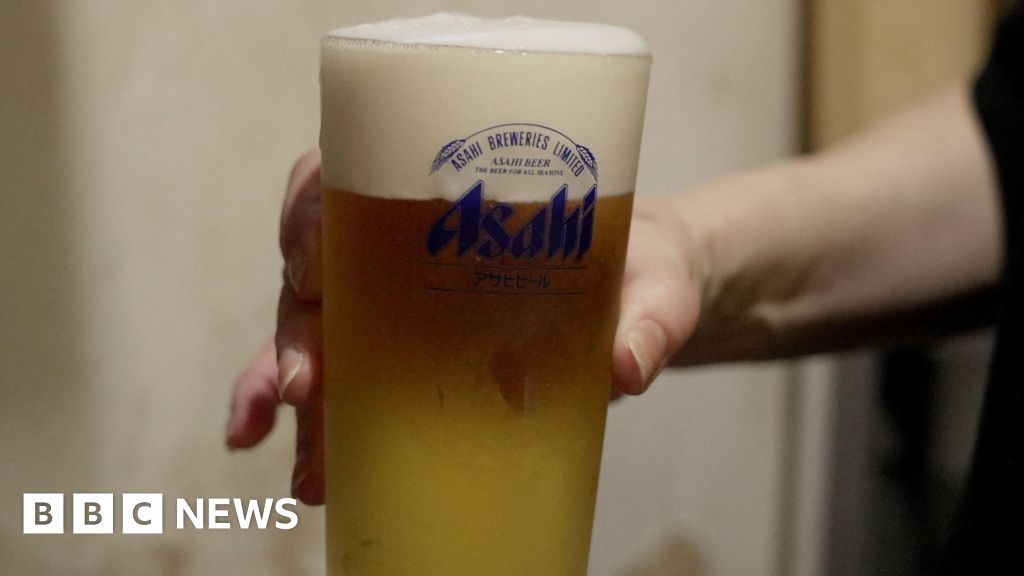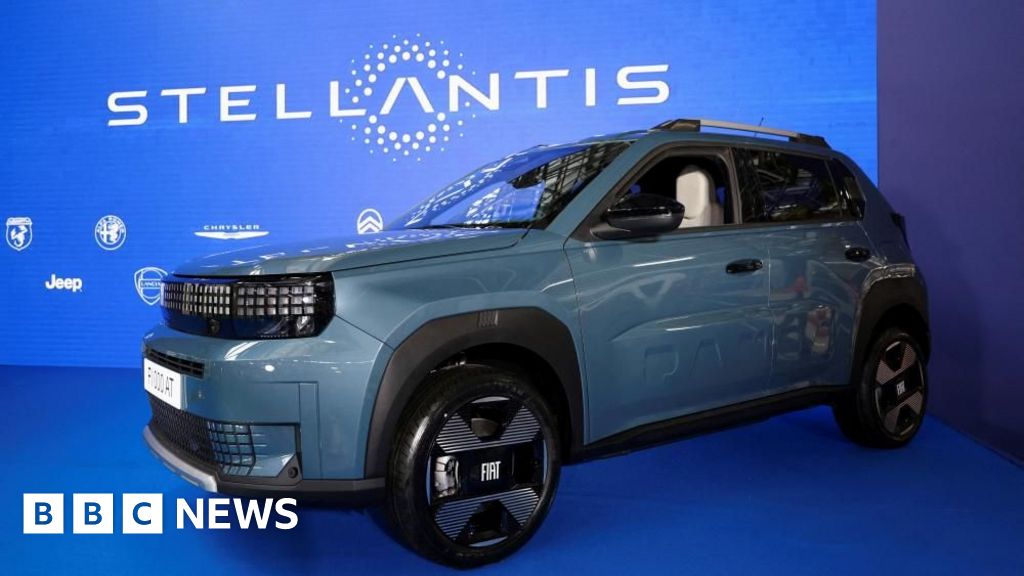Stellantis Bets $13 Billion on U.S. Manufacturing Revitalization

Stellantis Unveils $13 Billion U.S. Investment
Stellantis, the parent company of Jeep and other renowned brands, has announced a historic $13 billion investment plan focused on its U.S. manufacturing operations over the next four years. This initiative reflects CEO Antonio Filosa’s strategy to revitalize the company and strengthen its domestic footprint. The investment will enhance production capabilities, research and development, and supplier partnerships across multiple states.
Manufacturing Expansion and Job Creation
The plan targets five key facilities in Michigan, Ohio, Illinois, and Indiana, with significant funds allocated to reopening the Belvidere Assembly Plant and upgrading Toledo's complex. These efforts are expected to create approximately 5,000 new jobs and support the launch of five new vehicle models by 2029, including a new midsize truck and an innovative range-extended electric SUV.
Strategic Growth and Market Impact
By investing heavily in the U.S., Stellantis aims to boost competitiveness and meet evolving consumer demands for advanced vehicles. This substantial capital infusion underscores the company’s commitment to innovation and sustained growth within the American auto industry.
About the Organizations Mentioned
Stellantis
Stellantis is a global automotive powerhouse that emerged in 2021 from the merger of the French PSA Group and Fiat Chrysler Automobiles (FCA), itself the product of earlier mergers between Fiat and Chrysler[2]. Headquartered in Hoofddorp, Netherlands, with its CEO operating from Auburn Hills, Michigan, Stellantis is now the world’s fifth-largest automaker by sales volume, trailing only Toyota, Volkswagen Group, Hyundai Motor Group, and the Renault–Nissan–Mitsubishi Alliance[2]. The company’s portfolio encompasses 14 iconic brands—Abarth, Alfa Romeo, Chrysler, Citroën, Dodge, DS Automobiles, Fiat, Jeep, Lancia, Maserati, Opel, Peugeot, Ram Trucks, and Vauxhall—and two mobility arms, reflecting a diverse and multinational heritage[1][2]. Stellantis is not merely a traditional car manufacturer; it is transforming into a sustainable mobility technology company. Its “Dare Forward 2030” strategy outlines ambitious goals, including achieving carbon net zero by 2038 and leading in electrification and software development[1][3]. The company is investing heavily in autonomous, connected, electrified, and shared mobility, as well as commercial vehicles and even electric aircraft, aiming to deliver value for all stakeholders[1]. With industrial operations in over 30 countries and a commercial presence in more than 130 markets, Stellantis employs a workforce of around 300,000 people, making it one of the most globally diverse companies in the industry[1][2]. Financially, Stellantis faces headwinds in 2025, with net revenues down 13% year-over-year in the first half, primarily due to challenges in North America and Europe, though it reports sequential improvements and a renewed focus on profitable growth under new leadership[4]. Despite these challenges, Stellantis is executing significant strategic investments
Jeep
Jeep is a renowned automotive brand best known for its durable, versatile 4x4 vehicles that excel in off-road and everyday driving conditions. The brand originated during World War II when the U.S. military sought a rugged, four-wheel-drive vehicle for combat. After evaluating several manufacturers, Willys-Overland secured the contract in 1941 to produce the Willys MB, the first military Jeep, which became iconic for its agility, toughness, and ability to traverse difficult terrain, playing a crucial role in Allied victories worldwide[1][2][3]. Post-war, Jeep transitioned from military to civilian markets, launching models like the Jeep Station Wagon (1946) and Jeepster (1948), establishing itself as a leader in 4x4 technology and recreational vehicles[4][5]. The brand's reputation for off-road capability and adventure grew through the 1950s and 1960s, highlighted by innovations like the Jeep Wagoneer, which combined ruggedness with luxury, expanding Jeep’s market appeal[5][6]. Jeep underwent several ownership changes: acquired by Kaiser Motors in 1953, then American Motors Corporation (AMC) in 1970, and finally becoming part of Chrysler in 1987, which later merged into Stellantis. Each transition helped Jeep evolve technologically and commercially, maintaining its leadership in four-wheel-drive vehicles and expanding globally[4][9]. Today, Jeep continues to innovate by integrating advanced technologies like 4xe electric vehicle technology, blending its legendary off-road capability with modern sustainability trends. The brand remains symbolic of freedom, authenticity, and adventure, nurturing a passionate global community and continuing to expand its lineup across multiple segments[3][5][8]. Notable for its military heritage and pioneering role in off-road vehicles, Jeep’s legacy is deeply embedded in automotive history, making it a respected icon in both business and technology spheres. Its slogan "Go Anywhere. Do Anything." reflects its enduring commitment t









